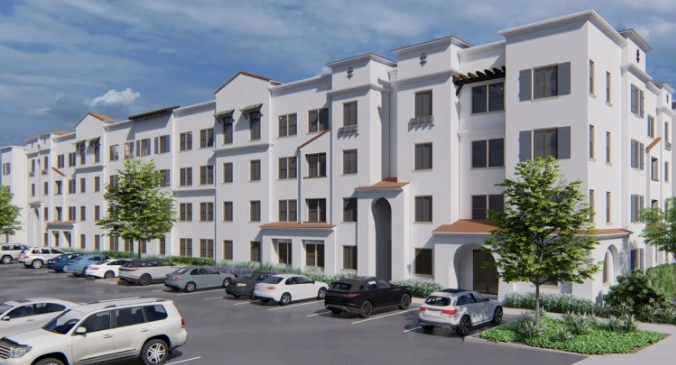2014: The Year We Have Long Awaited
By Greg Vogel, CEO, Land Advisors Organization Builder and Developer magazine January 2014
The Land Advisors Organization recently held its 5th annual Metro Phoenix Land and Housing Forecast. Attended by over 600 of the most noteworthy local real estate professionals, the theme of this year’s forum was “Momentum Building”.
Originally thought to be obvious as a theme, recent economic and political developments have led many to question whether this purported momentum truly exists, or whether it was more of what we have seen over the past several years—positive movement only to be proven temporary.
Strongly supported by the data provided, the views of our featured speakers and of the panel of real estate experts, the conclusion became clear that momentum not only exists, but it is growing and suggests better things to come for 2014 and beyond.
Mark Boud, Founder and Principal of Real Estate Economics pointed out that, despite some of the economic challenges largely due to ‘government bungling’, the outlook for both the Metro Phoenix region and the country as a whole is encouraging. He cited improvements in population and job growth as being the most noteworthy drivers for an improved housing market in 2014. Coupled with (still) historically low interest rates and improving market stability (i.e., supply and demand being in balance), Boud believes that 2014 will show steady price appreciation, normalized rates of absorption, and increasing consumer demand.
Land Advisors Organization CEO, Greg Vogel, then spoke to the more localized performance of the real estate market as it applies to Metro Phoenix. In the last downturn, Phoenix was more negatively affected than most other areas of the country, suffering through massive job losses, underwater mortgages, and declining asset prices. While much recovery remains, Vogel pointed to a variety of metrics which clearly showed not only improvement in the Phoenix MSA, but once again, positioned the region for success in 2014 and beyond. Specifically:
Single family building permits. While the number of single family permits for 2013 were flat compared to 2012 (±12,000), the reality is that these levels were required to ‘burn through’ the overbuilt inventory that occurred in 2003-2007. Better said, according to the Arizona Department of Administration, 26,000 housing units would be required to support the demand of the 70,000 new residents in the region last year, but only 17,000 single and multi-family units were permitted. An obvious shortfall, we will clearly need to increase our permitting activity going forward in order to accommodate our growing demand.Multi-family activity. While multi-family vacancy rates hit the mid-teens in 2009, we have now absorbed the slack of inventory with vacant homes and apartments to a normalized level. Individuals who choose to rent rather than buy are eager to find suitable multi-family product, and this demand is evident in the 4% increase in apartment rents.
Positive job growth. With over 40,000 jobs created, the State of Arizona has risen from its nationwide rank of 49th in job creation to 8th. While down from our perennial ranking as one of the top 3 states in the country in job growth, even better things are predicted—Moody’s ranks Arizona number one in percentage job growth for the period of 2013-2017.
Fewer underwater mortgages. Another incredible area of recovery for the region and the vast majority of the nation is the reduction of underwater mortgages. According to real estate website Trulia, the region is down to 22% of all mortgages being underwater, compared to over 50% just 4 years ago.
Residential home price increases. The Phoenix MSA has seen a 72% increase in median home price in the past 30 months according to Arizona State University’s Center for Real Estate Theory and Practice. This rise in value has created over $90 billion of local equity, and coupled with rising values of stock portfolios and retirement accounts, will bode well for the region’s mobility and the nation as a whole.
So the question becomes whether all of this information is viewed as disparate data and the future of the Valley’s real estate market is still to be determined, or whether it is viewed as concrete evidence as to the upward trajectory and progress of a remarkably resilient industry. To our thinking, the answer is clear. We feel the facts are undeniable, and the only question surrounding momentum should not be whether it exists, but rather how high it will take us this time around.
Related resources
Explore news
Explore what’s possible with your land
Whether you’re buying, selling, or planning ahead—our team is here to help you navigate your next land decision with confidence.
Contact us
Land Advisors Organization Land Ad
Land Advisors Organization Land Ad
Land Advisors Organization Land Ad
Land Advisors Organization Land Ad
Land Advisors Organization Land Ad
Land Advisors Organization Land Ad



